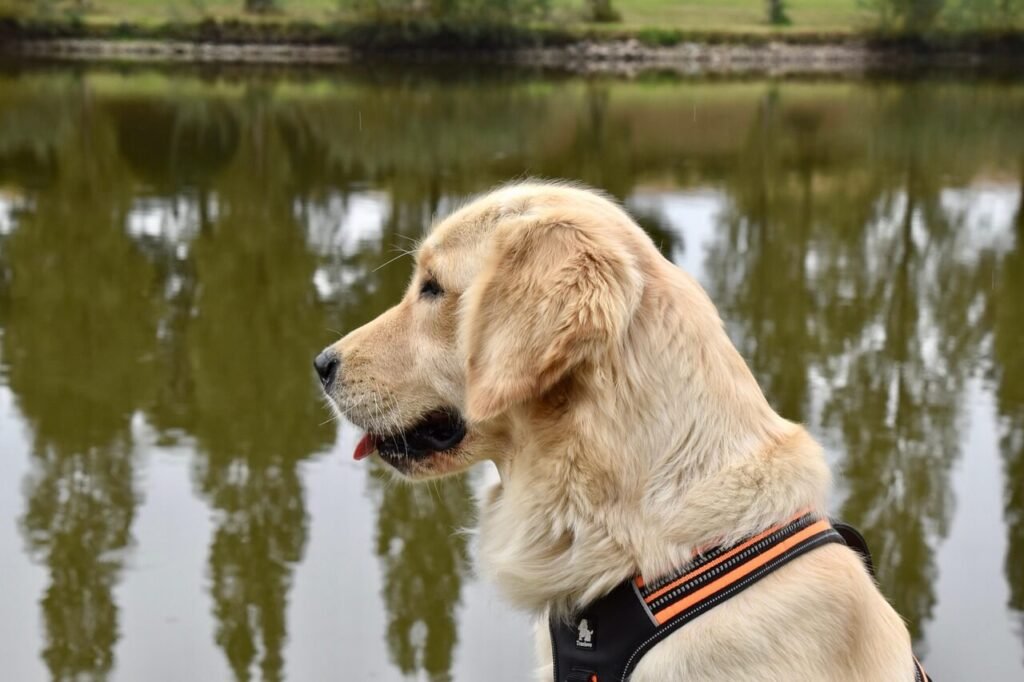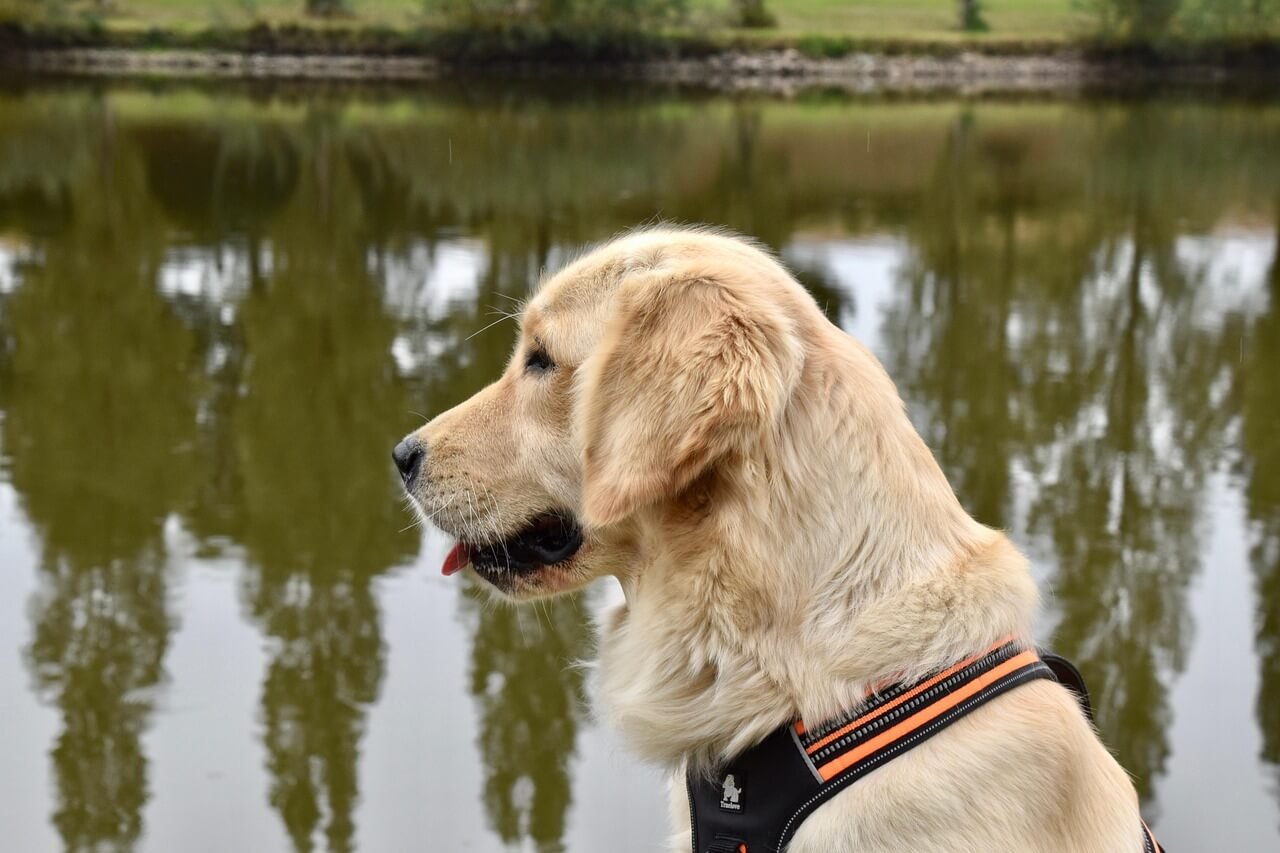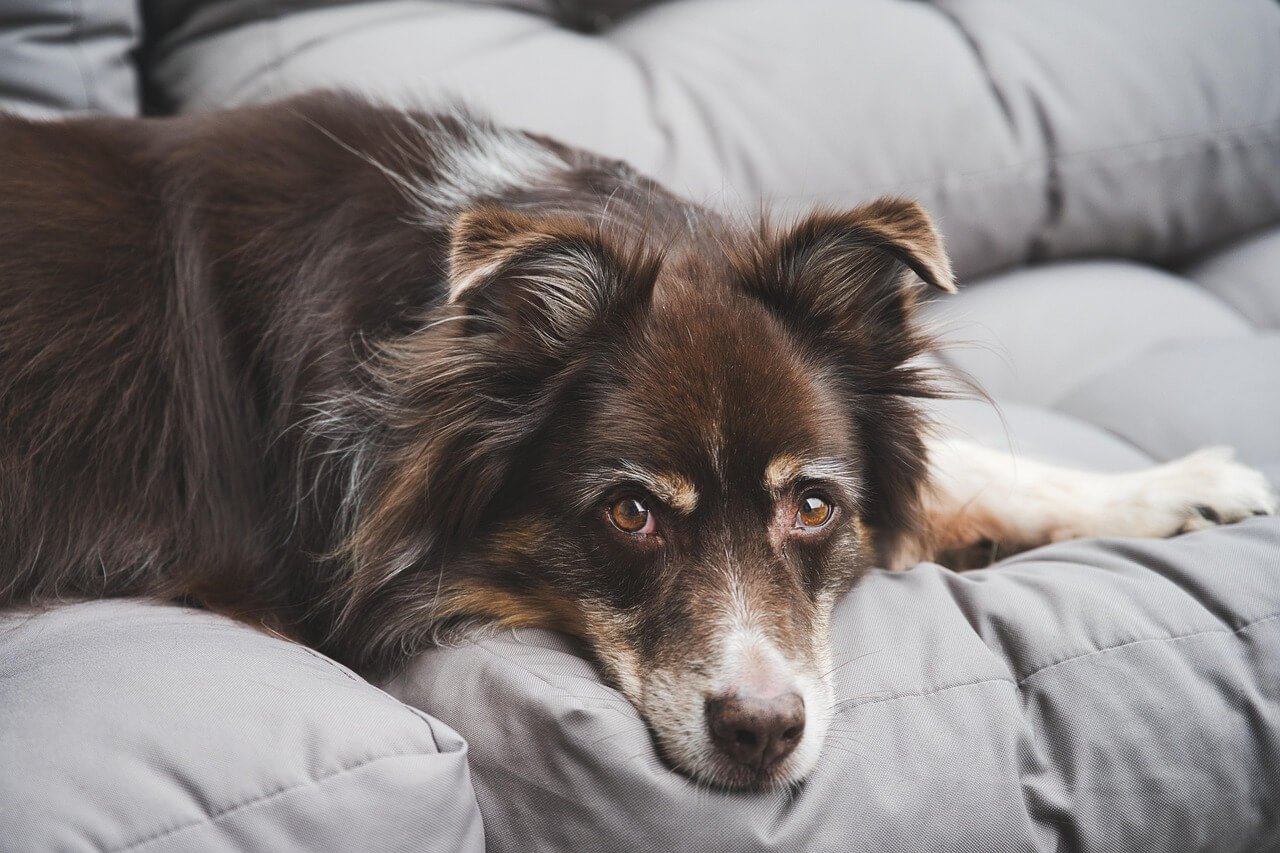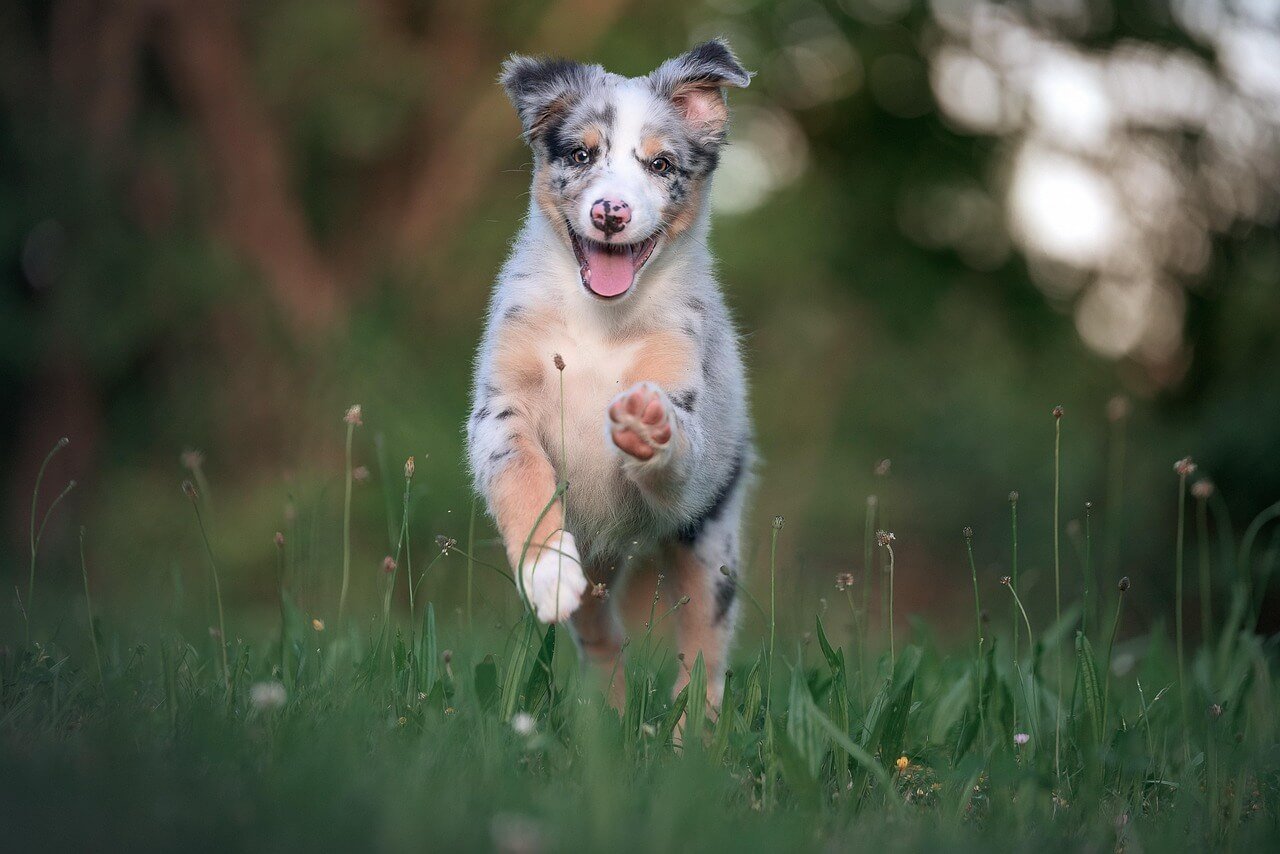Why Does My Dog Chomp at Me? Decoding Your Pup’s Behavior
If you’ve ever wondered, “Why does my dog chomp at me?” you’re not alone. Many dog owners experience this quirky behavior and are left scratching their heads about its meaning. Chomping, which often resembles a playful or exaggerated chewing motion, can occur for a variety of reasons—some innocent and others requiring attention. Understanding why your dog engages in this behavior is key to addressing it effectively.
In this blog post, we’ll explore the possible motivations behind chomping, how to interpret it, and practical tips to manage or redirect this behavior. By the end, you’ll have a clearer picture of what your furry friend is trying to communicate and how to respond appropriately.
Common Reasons Why Dogs Chomp at Their Owners
Dogs use body language and actions to express themselves, and chomping is one way they communicate. While it may seem odd or even concerning, there are several common explanations for why your dog might chomp at you. Here’s a breakdown of the most likely causes:
Playfulness: Dogs often chomp during play as a way to mimic biting without causing harm
Teething discomfort: Puppies may chomp to relieve sore gums while their teeth are developing
Seeking attention: Some dogs chomp as a way to get their owner’s focus when they feel ignored
Excitement: Overstimulated dogs might chomp as an outlet for their pent-up energy
Mouthing habit: Certain breeds are naturally inclined to mouth objects or people as part of their exploration
Understanding the root cause of your dog’s chomping behavior is the first step toward addressing it. By identifying why they’re doing it, you can tailor your response to meet their needs effectively.
Signs That Chomping May Be Problematic
While chomping is often harmless, there are instances where it could indicate underlying issues that need attention. Recognizing these signs early can help prevent unwanted behaviors from escalating. Below are some red flags to watch out for:
Aggressive growling or snapping accompanying the chomping
Chomping directed at strangers or other animals
Leaving marks or causing minor injuries during chomping episodes
Persistent chomping despite clear attempts to discourage it
Anxiety-related behaviors like pacing or whining before or after chomping
If any of these signs are present, it’s important to address the behavior promptly. Consulting a professional trainer or veterinarian can provide additional guidance to ensure your dog’s well-being.
Check this guide 👉Why Dogs Kick Their Back Legs: Best 7 Expert Tips!
Check this guide 👉Why Do Dogs Spin Before Pooping? Best 7 Tips!
Check this guide 👉Why Are My Dogs Paws So Rough? Best 7 Expert Tips!

Behavioral Cues to Observe | Possible Solutions to Try |
|---|---|
Playful chomping during games | Redirect with tug toys |
Teething-related discomfort | Offer soft chew toys |
Attention-seeking chomping | Ignore and reward calm behavior |
Excitement-driven chomping | Practice calming exercises |
Aggressive chomping tendencies | Seek professional training |
How to Redirect Chomping Behavior Positively
Redirecting your dog’s chomping behavior requires patience and consistency. Positive reinforcement techniques can help steer them away from unwanted actions while encouraging desirable ones. Here are some strategies to try:
Provide appropriate chew toys to satisfy their natural urge to chew
Use verbal commands like “gentle” or “no bite” to set boundaries
Reward calm behavior with treats or praise to reinforce good habits
Engage in structured playtime to channel their energy productively
Teach alternative behaviors, such as sitting or shaking hands
By focusing on positive reinforcement, you can guide your dog toward healthier outlets for their energy. Consistency is key to ensuring long-term success.
Preventing Chomping Through Training
Training plays a crucial role in preventing unwanted chomping behaviors. A well-trained dog is more likely to understand boundaries and respond appropriately. Here are some training tips to curb chomping:
Start training early, especially during puppyhood, to establish good habits
Use clicker training to mark desired behaviors like gentle mouthing
Avoid punishing your dog, as it can lead to fear or confusion
Practice impulse control exercises, such as waiting for permission to interact
Gradually increase the duration of calm behavior before offering rewards
Proper training not only addresses chomping but also strengthens the bond between you and your dog. With time and effort, you’ll see noticeable improvements in their behavior.
Managing Chomping During Playtime
Playtime is often when chomping behaviors are most noticeable, especially in energetic dogs. While it’s natural for dogs to mouth during play, setting boundaries ensures that both you and your dog enjoy the interaction safely. Here are some tips to manage chomping during play:
Use toys as a buffer between your hands and your dog’s mouth
Pause play immediately if chomping becomes too intense
Reinforce gentle play by rewarding calm interactions
Avoid games that encourage aggressive behavior, like wrestling
Gradually increase the duration of calm play sessions
By establishing clear rules during play, you can teach your dog to have fun without resorting to chomping. A structured approach helps them learn what’s acceptable while keeping playtime enjoyable for everyone.
Addressing Anxiety-Related Chomping
Sometimes, chomping can be linked to anxiety or stress, which may require a different approach than playful or attention-seeking chomping. Identifying and addressing the root cause of their anxiety is crucial for reducing this behavior. Consider these strategies:
Create a safe space where your dog can retreat when feeling overwhelmed
Use calming tools like weighted blankets or pheromone diffusers
Establish a predictable routine to reduce feelings of uncertainty
Incorporate daily exercise to help alleviate stress
Practice desensitization techniques for specific triggers
Anxiety-related chomping can improve significantly with patience and the right interventions. By addressing their emotional needs, you’ll help your dog feel more secure and less likely to chomp out of stress.
Seasonal Tips to Keep Chomping in Check
Seasonal changes can influence your dog’s behavior, including their tendency to chomp. Adapting your strategies to align with the time of year can help keep chomping under control. Here are some seasonal tips:
In winter, provide indoor activities like puzzle toys to combat boredom
During spring, take advantage of longer daylight hours for outdoor play
Summer heat may require water-based toys to keep your dog cool and entertained
In autumn, use fallen leaves for interactive games like hide-and-seek
During holidays, supervise interactions with guests to prevent overexcited chomping
By adjusting your approach based on the season, you can keep your dog engaged and minimize unwanted chomping behaviors. Embracing these changes will ensure your dog stays happy and well-adjusted all year round.
FAQ
Is chomping the same as biting?
No, chomping is usually less forceful and often done during play, whereas biting involves intentional pressure.
How can I tell if my dog’s chomping is aggressive?
Look for signs like growling, stiff body posture, or repeated attempts to escalate the behavior.
Can adult dogs still chomp like puppies?
Yes, adult dogs may retain playful chomping habits, though it’s less common than in puppies.
Should I stop my dog from chomping entirely?
Not necessarily; chomping can be normal during play, but it should be redirected to appropriate objects.
What if my dog chomps at visitors?
Train your dog to greet guests calmly and reward them for good behavior to reduce overexcitement.
Conclusion: Building a Stronger Bond Through Understanding
Chomping is a natural behavior for many dogs, but understanding why it happens is essential for fostering a harmonious relationship. Whether it’s playful enthusiasm, teething discomfort, or attention-seeking, each cause requires a tailored approach to address it effectively. By observing your dog’s cues, providing appropriate outlets, and reinforcing positive behaviors, you can transform chomping into a manageable and even endearing trait. Remember, patience and consistency are key when working with your furry companion. With time, you’ll not only curb unwanted chomping but also deepen the connection you share with your beloved pet.
Dog Scared of Cars: Best 7 Expert Tips! Discover effective strategies to help your dog overcome car-related fears and build confidence safely.
How to Teach Your Dog to Clean Up Toys: Best 7 Tips! Discover easy steps and expert advice to train your dog effectively. Transform playtime into cleanup fun!
Food for Dogs with No Teeth: Best 7 Expert Tips! Discover soft, nutritious meal ideas and feeding strategies to keep your toothless pup healthy and happy. Perfect for seniors!
Where Is the Expiration Date on Dog Food? Best 7 Tips! Discover expert advice on finding, understanding, and managing dog food expiration dates to keep your pet safe and healthy.





